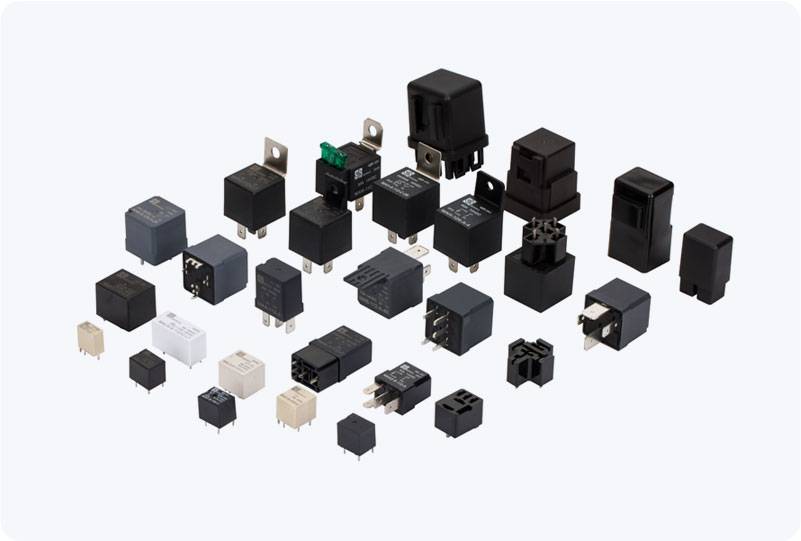A 24VDC Power Relay is a crucial electronic component commonly used in control systems to manage the switching of high-voltage circuits through a low-voltage control signal, typically 24V DC (direct current). These relays are widely used across various industries, including automation, automotive, and household appliances, to control larger loads and ensure smooth operations in a range of applications. This article aims to provide a comprehensive understanding of the 24VDC Power Relay, its working principle, key features, and common applications.

What is a 24VDC Power Relay? A 24VDC Power Relay is an electrically operated switch designed to control the flow of electricity in a circuit by using a 24V DC control signal. It typically consists of a coil, contacts, and a mechanical or magnetic armature. When a 24V DC voltage is applied to the coil, it generates a magnetic field, which, in turn, activates the relay’s contacts. The relay can then either open or close the circuit, depending on the type of contacts used (normally open or normally closed). Working Principle of a 24VDC Power Relay The working principle of a 24VDC Power Relay is based on electromagnetic induction. The relay has two primary parts: the coil (electromagnet) and the contacts. When 24V DC is applied to the coil, it becomes energized and generates a magnetic field. This magnetic field moves the armature, which causes the contacts to either open or close, depending on their configuration.